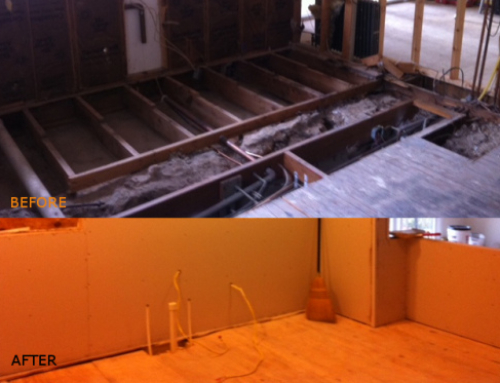Easy DIY Projects #2: Fire Prevention
Regular readers will remember my blog post “Where There is Smoke, There is Fire.” Here is the link
In that post, the problem of dryer vent fires was discussed. These fires are very common and easy enough to prevent. So easy, in fact, that I, too, had neglected to do the necessary maintenance at my house that would help prevent such a fire. It occurred to me recently that I hadn’t checked on how much lint was built up in my ducting. (That reminds me of the movie Brazil, when they asked, “How are your ducts?”)
Here are the steps involved. The whole process should take about 30 minutes or less:
I like to see rigid metal ducting for this use, but flexible metal ducting also available. These two options are more fire resistant than my Mylar hosing. I’ll create another blog post discussing my switch out for my dryer duct soon. And never use white plastic hosing, since that will certainly burn in a fire.
FYI, in the case of my dryer ducting, the greatest area of build up was on the outside flapper, where condensation made the metal wet, and then lint built up. Less likely to cause a fire, but the clot was making my dryer work very hard.





